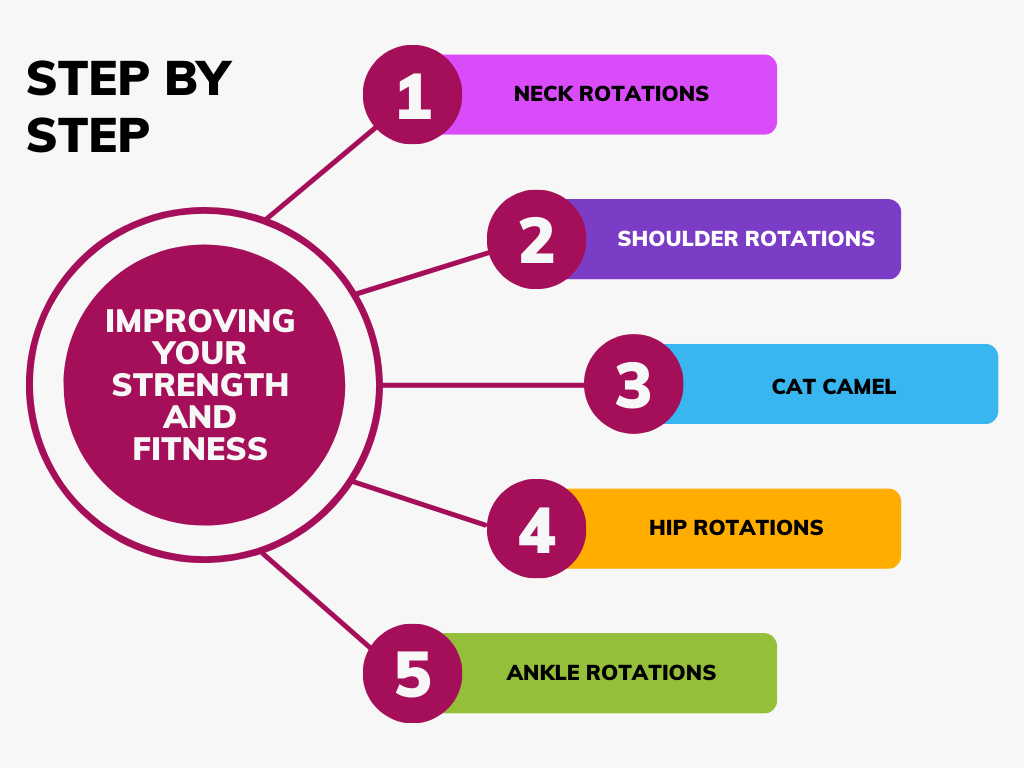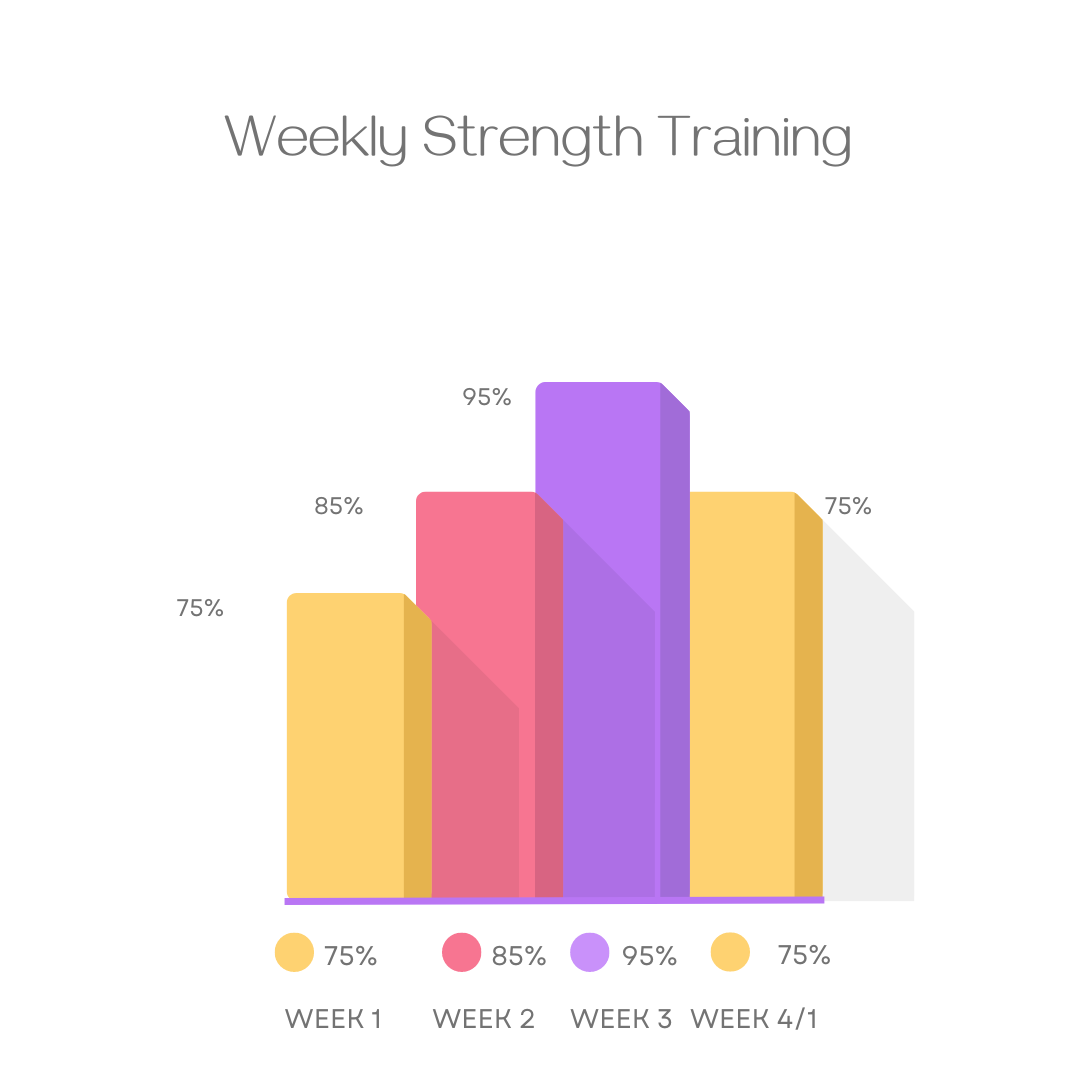Improve Your Athletic Development ar Conditioned Fitness Gym Orpington
The Movement behind your power
Insights from Massimo Massaro BSc Sports Science & FRCms Functional Range Conditioning Mobility Specialist
The Foundation of Athletic Development
The process of athletic development, which is deeply rooted in the scientific principles of sports science, is a systematic and complex journey.
The key is understanding the basic principles of athletic development and leveraging the expertise of specialists, like Massimo Massaro, a BSc Sports Science and FRCms Functional Range Conditioning Mobility specialist.
The Role of Sports Science in Athletic Development
Sports Science provides a robust theoretical and practical foundation to the realm of athletic development.
It serves as a testament to the importance of understanding physiology, biomechanics, and psychology in optimizing sports performance.
Exercise Physiology and Biomechanics
Exercise physiology delves into the understanding of how the human body responds and adapts to physical activity.
It provides insights into muscular strength, endurance, flexibility, and motor skills are essential components for athletes.
Biomechanics, another crucial field, helps analyze the mechanics of human movement to improve performance and reduce injury risks.
Sports Psychology
Psychology is a fundamental element in the sports ecosystem.
Athletes need to maintain mental resilience and possess the capacity to manage pressure, stress, and defeat.
Implementing psychological strategies can help improve concentration, confidence, and composure, fostering better performance.
Embracing Functional Range Conditioning (FRC)

My expertise as an FRCms Functional Range Conditioning Mobility specialist introduces a revolutionary aspect to athletic development—mobility training.
Defining FRC
FRC is a comprehensive mobility training system that improves flexibility, strength, and control over the entire range of motion.
It enhances joint health, mitigates injury, and optimizes athletic performance.
Benefits of FRC
The inclusion of FRC in an athlete's routine can provide numerous benefits:
Increased joint range of motion
Enhanced muscular strength and endurance
Improved neuromuscular control
Better movement efficiency
Reduced risk of injury
The Symbiosis of Sports Science and FRC
When combined, the principles of sports science and FRC create an ideal platform for athletes to reach their peak performance levels.
Joint Health and Performance
The integration of joint health and performance is a critical factor in athletic development.
This synergy ensures athletes maintain joint health while focusing on performance enhancement.
Functional Mobility
FRC cultivates functional mobility—a prerequisite for optimal performance and longevity in sports.
By enhancing mobility and control at the joint level, athletes can perform at their best, reducing the risk of injury and enhancing recovery.

Developing a Personalized Athletic Development Plan
Drawing on my knowledge and experience, your personalized athletic development plan can be created.
This plan involves:
- Comprehensive Assessment: Understand the athlete's current physical and psychological state.
- Goal Setting: Set realistic and achievable goals based on the athlete's potential and ambition.
- Training Plan: Implement a bespoke training program that combines sports science principles and FRC.
- Regular Reviews: Continually monitor and review the plan for optimal progress and adjustment.

